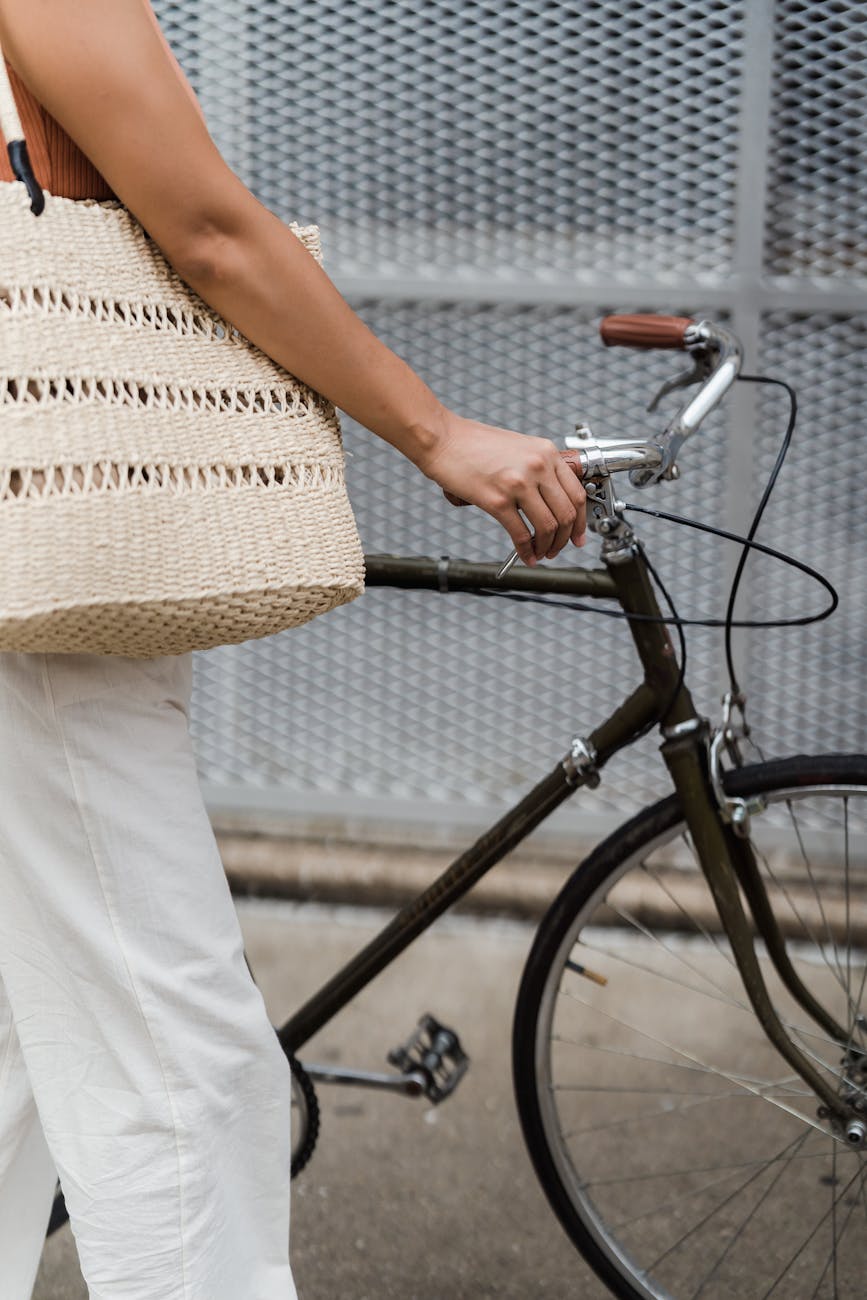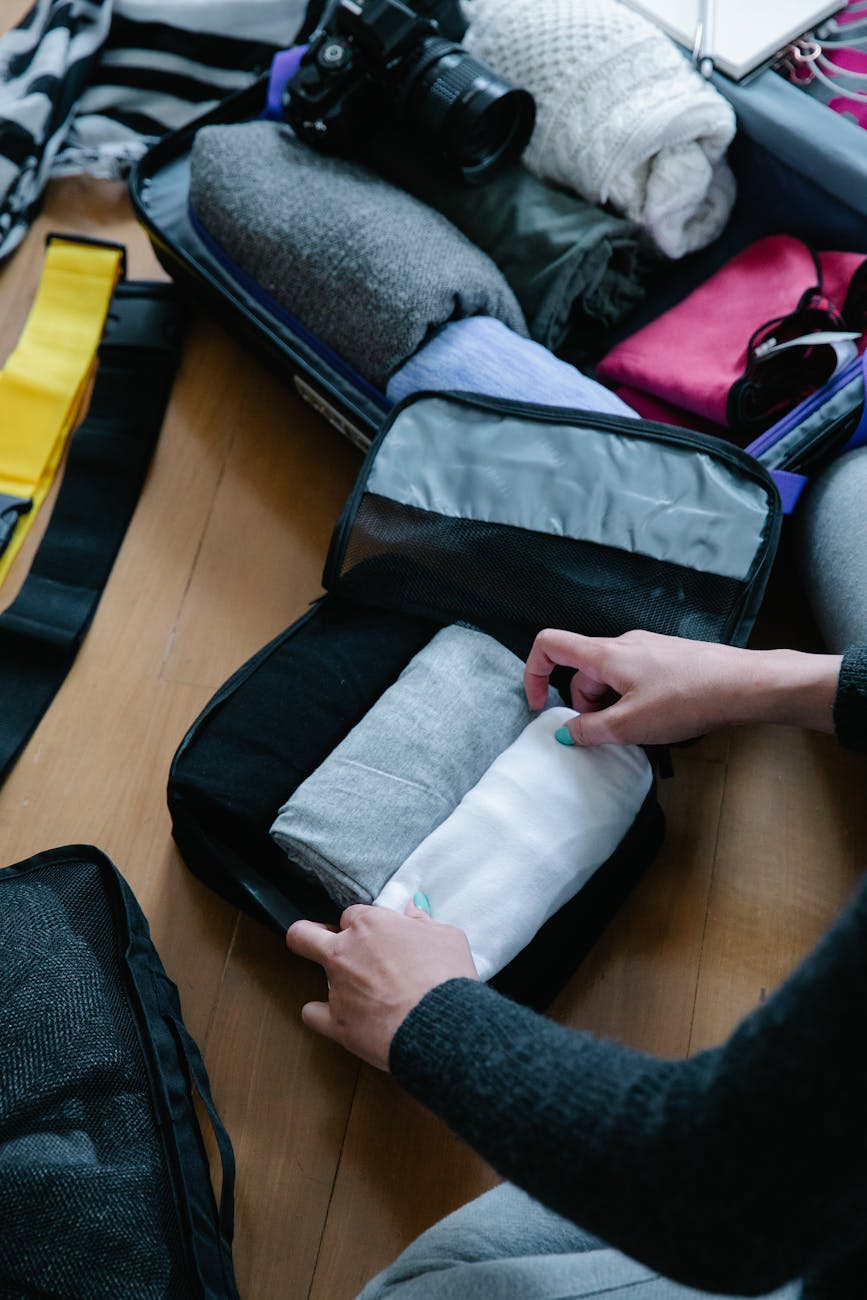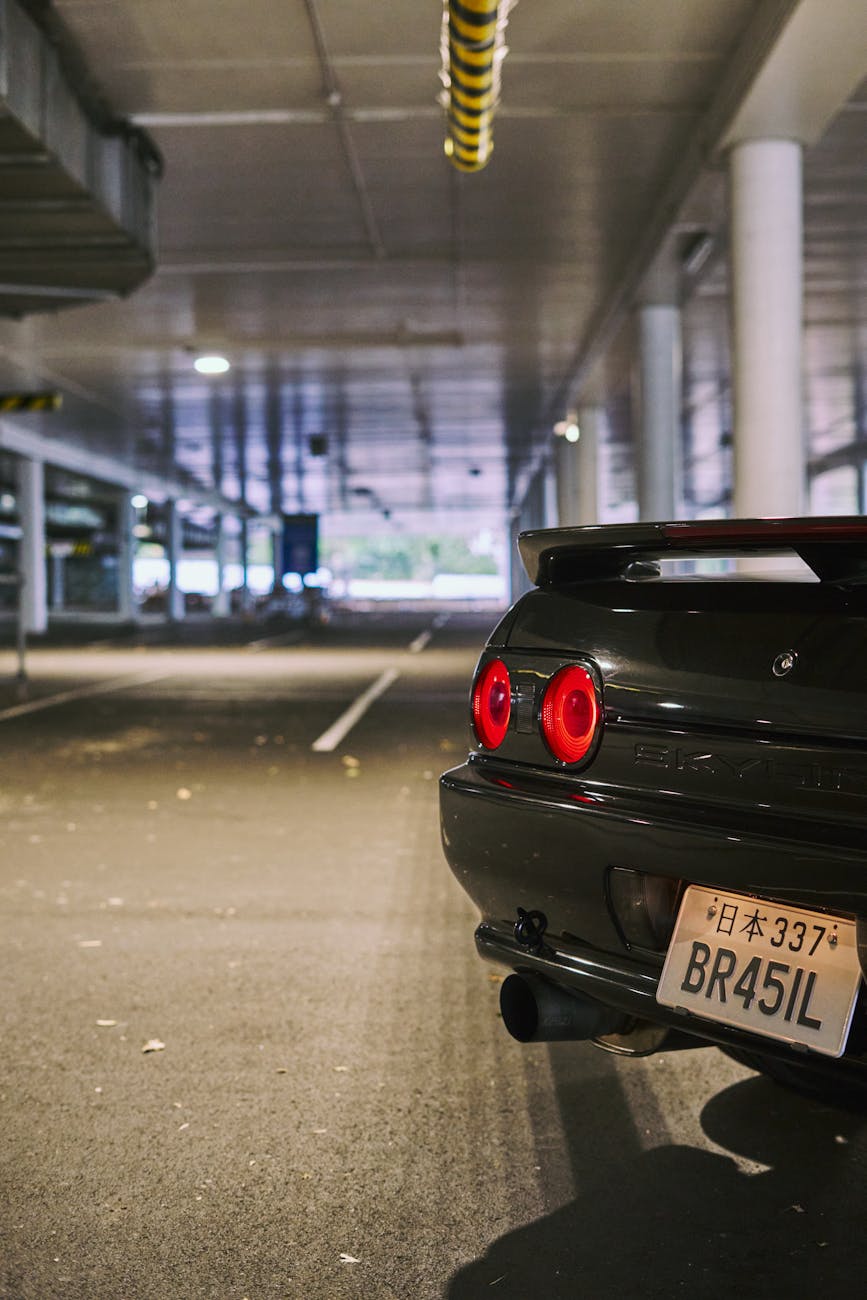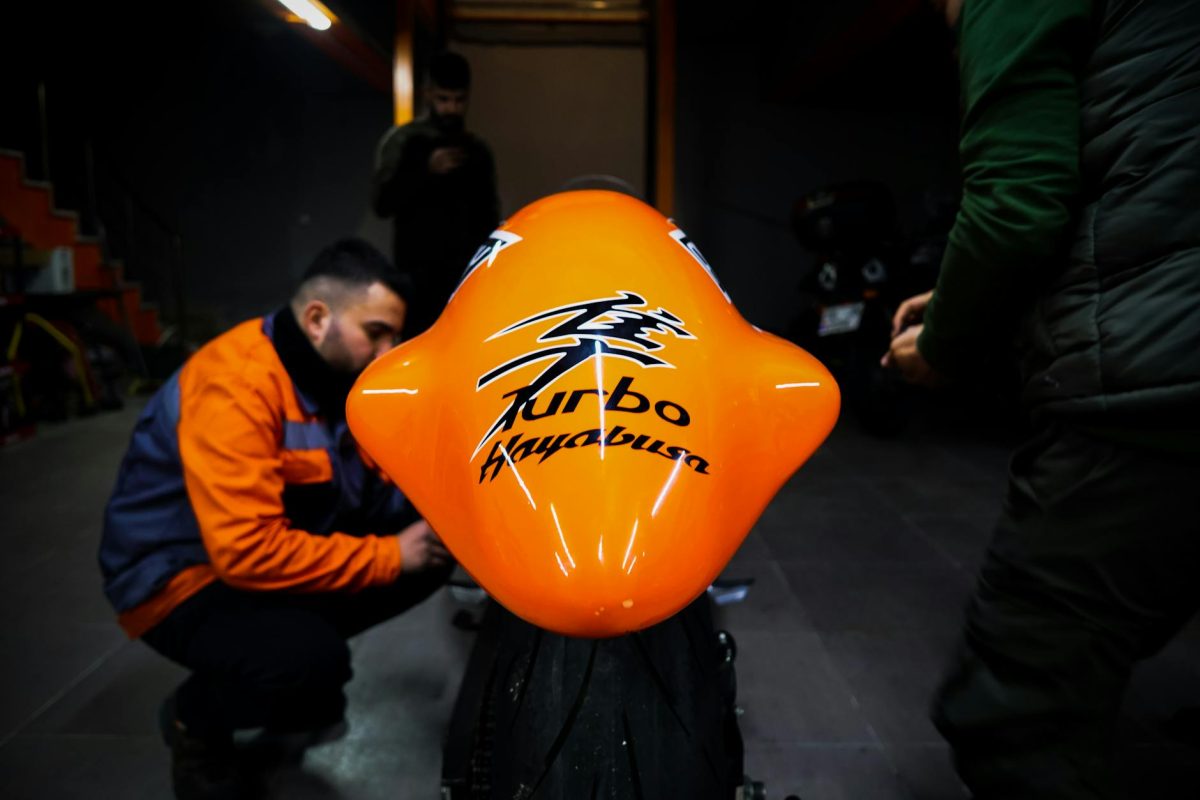Caring for Your Bike Locks and Baskets: A Guide to Easy Maintenance
Bike locks and baskets are indispensable accessories for any cyclist, ensuring security and convenience during rides. However, like any other bike component, they require regular maintenance to function effectively. Neglecting the upkeep of your bike locks and baskets can lead to malfunctions, security risks, and decreased longevity. In this guide, we will outline simple and effortless ways to maintain your bike locks and baskets, keeping them in top condition for safe and enjoyable cycling experiences.
Importance of Regular Maintenance
Proper maintenance of your bike locks and baskets is essential to ensure they perform their functions efficiently. A well-maintained bike lock provides security for your bike, deterring theft and giving you peace of mind when parked in public places. On the other hand, a well-maintained bike basket offers convenience by providing storage space for your belongings during rides. Regular maintenance not only extends the lifespan of these accessories but also enhances the overall cycling experience.
Cleaning Your Bike Locks
1. Focus on the Lock Mechanism: Over time, dirt, dust, and grime can accumulate in the lock mechanism, leading to difficulties in locking and unlocking. Use a small brush or compressed air to remove any debris from the keyhole and locking mechanism.
2. Lubrication: Apply a small amount of lubricant to the lock mechanism to ensure smooth operation. Avoid using oil-based lubricants as they can attract more dirt. Opt for dry lubricants specially designed for bike locks for optimal performance.
3. Regular Inspection: Check your bike lock regularly for any signs of damage or rust. If you notice any issues, address them promptly to prevent further damage and maintain the security of your bike.
Maintaining Your Bike Basket
1. Cleaning the Basket: To keep your bike basket in top condition, regularly remove any debris or dirt accumulated inside. Use a mild soap and water solution to clean the basket thoroughly. Allow it to dry completely before using it again.
2. Inspecting Attachments: Check the attachment points of your bike basket to ensure they are secure and in good condition. Tighten any loose bolts or screws to prevent the basket from coming loose during rides.
3. Replacing Worn-Out Parts: Over time, the straps or fastenings on your bike basket may wear out. Replace these parts as needed to maintain the safety and security of your belongings while cycling.
Conclusion
Maintaining your bike locks and baskets doesn’t have to be a daunting task. By incorporating these simple maintenance tips into your regular bike care routine, you can ensure that your accessories function optimally and provide you with years of reliable service. Remember, a well-maintained bike lock and basket not only enhance the security and convenience of your rides but also contribute to the overall enjoyment of cycling. So, take the time to care for your bike accessories, and they will reward you with hassle-free cycling experiences for years to come.





